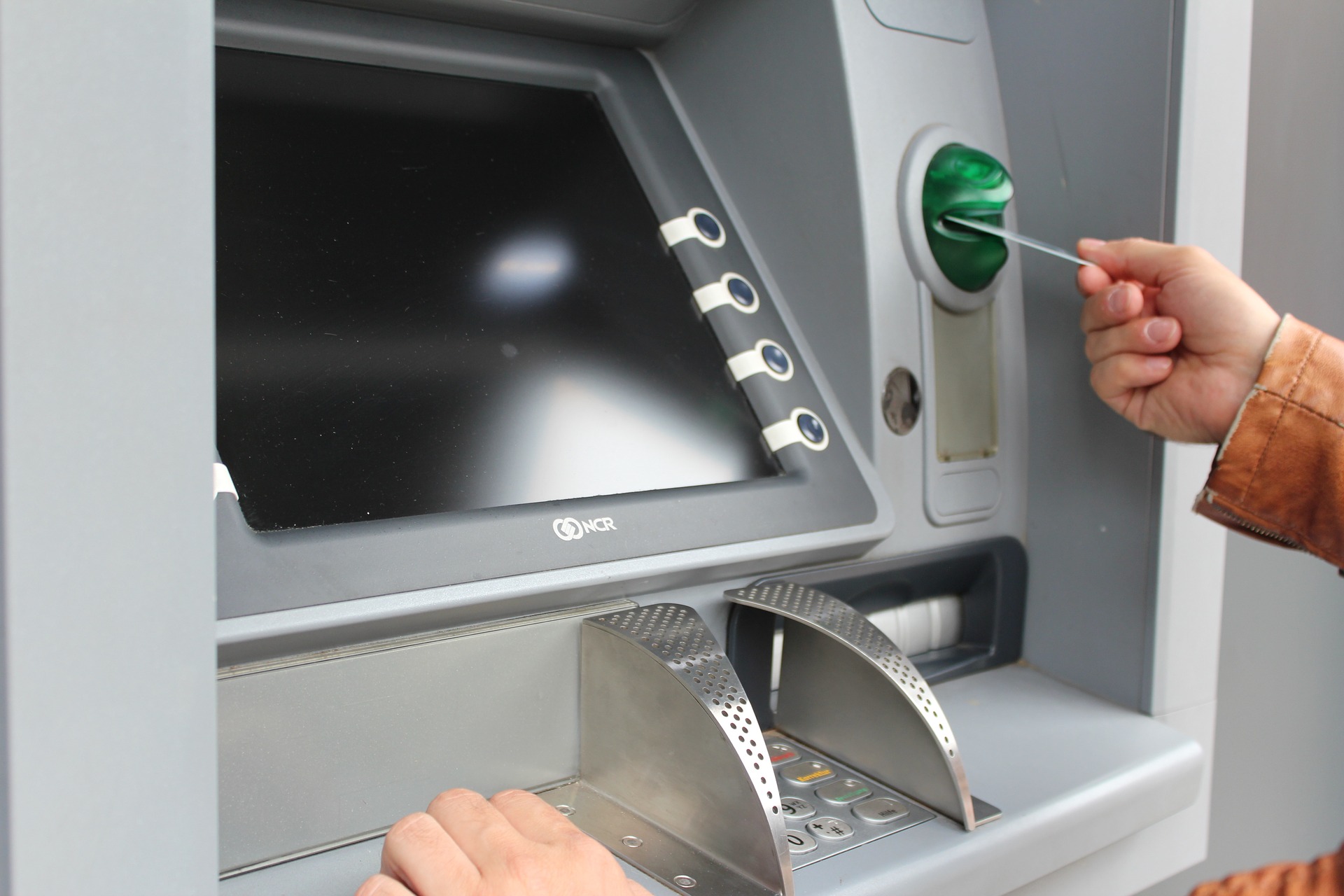Banking, like so many things in life, can be expensive if you do it wrong. Banks themselves love to collect fees, sometimes raking in billions in essentially effortless income.
Fees also help bank decide which customers they want to keep. People with large account balances or heavy corporate credit card usage to to be exempt from many fees, for instance.
The rest of us just pay and pay. Here are three common bank fees you can avoid if you bank right and pay attention.
ATM fees
If it feels as if you’re paying more for the convenience of using ATMs outside of your banking network with each passing year, you’re right.
With the rise of peer-to-peer payment applications, there is less demand for automated banking machines, making it more expensive for banks to maintain and operate them.
The increase in ATM user charges offsets the reduction in ATM transaction volume. Moreover, banks view ATM supplements as a relatively secure place to maintain or increase their profits without alienating their customers.
The good news is that ATM fees are one of the simplest to avoid. Begin by identifying the ATMs in your region so you always know where to go to get money if you need it.
Many banks offer ATM locators within their mobile apps, making it easy to find the nearest cash machine that will not charge you a fee.
Maintenance fees
Maintenance fees are a kind of catch-all category for various fees associated with a bank account.
A client of a bank may be charged a maintenance fee for anything from a lack of direct deposit to a balance below the minimum threshold. Maintenance fees typically average between $5 and $15 depending on how much cash you have in your account as well as if your account is interest-related.
Often, banks waive maintenance fees when you have large balances as well as have multiple lines of service within the bank, such as a mortgage, line of credit, wealth management, or brokerage account.
The best way to avoid these fees is to consolidate most of your assets to one institution as well as consider building additional relationships within the bank to show you are a valuable customer.
Overdraft fees
Overdrawing your account is the kind of mistake that anyone can make. We all tend to keep a running tally of our account balances in our brain, but it’s easy to forget about something and assume there’s more in the account than there is.
You might then make a $40 purchase with your debit card, not realizing that your account only has $30 in it. Depending on the bank or credit union you choose, you could pay more for overdrawing your account — and it’s possible to get hit with several overdraft charges in a single day. T
he average overdraft fee at most institutions ranges from $25 to $35. If you continue to make purchases on your debit card after the initial overdraft, each new charge will still go through but will trigger another overdraft fee.
For example, if you make two additional purchases after your original overdraft, and every overdraft costs you $30, you will be hit with a total of $90 in fees.
Having a linked savings account in the same bank may be another way of avoiding overdraft expenses. Some banks will let you set up a direct overdraft transfer from your savings account if you accidentally discovered your current account is out of money.
While bank fees will never disappear completely, you have the power to avoid the majority of account fees that come your way. Good banking habits like planning for when you need cash, keeping an eye on your balance, and regularly checking on your account online, all can help you prevent fee-triggering mistakes.


